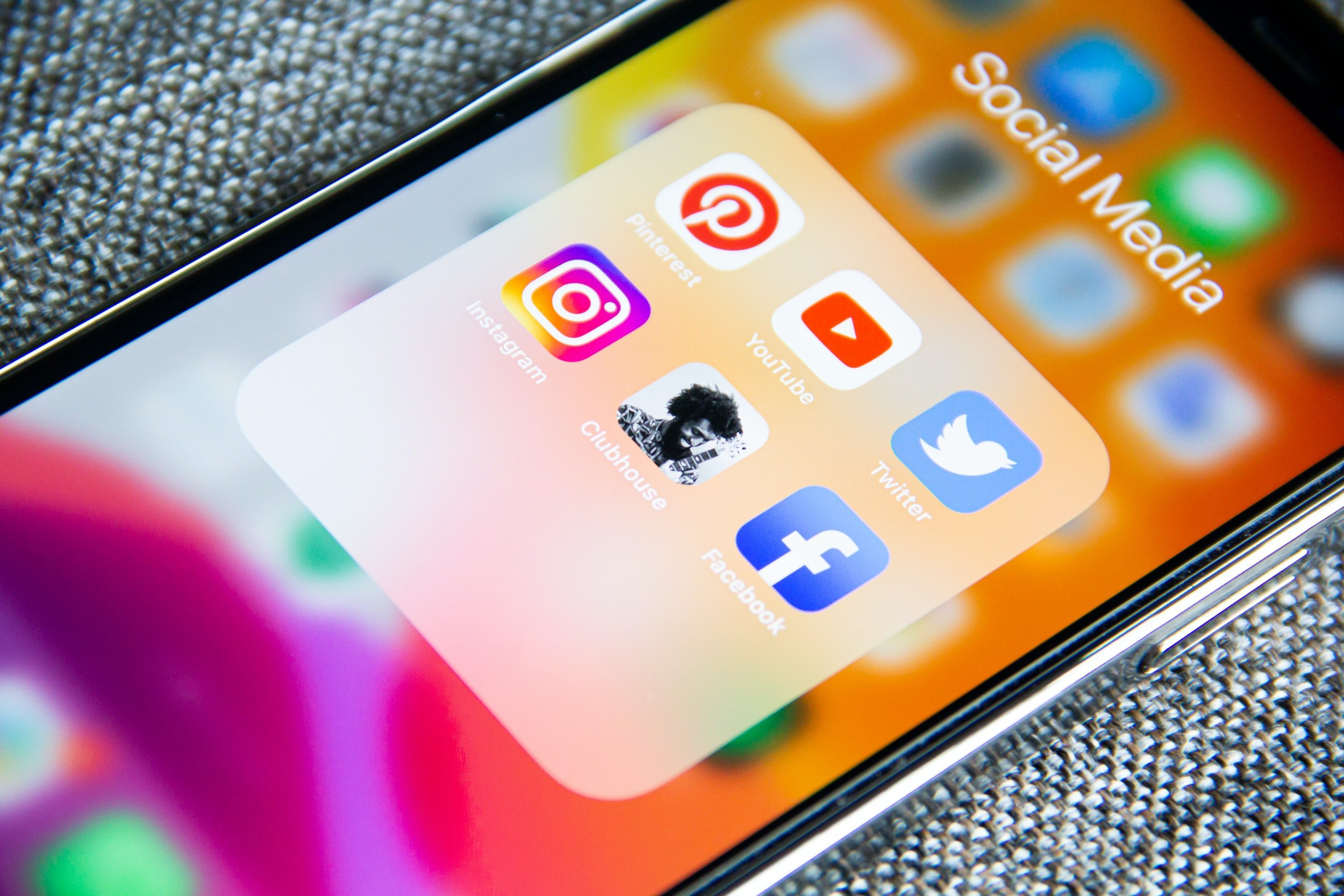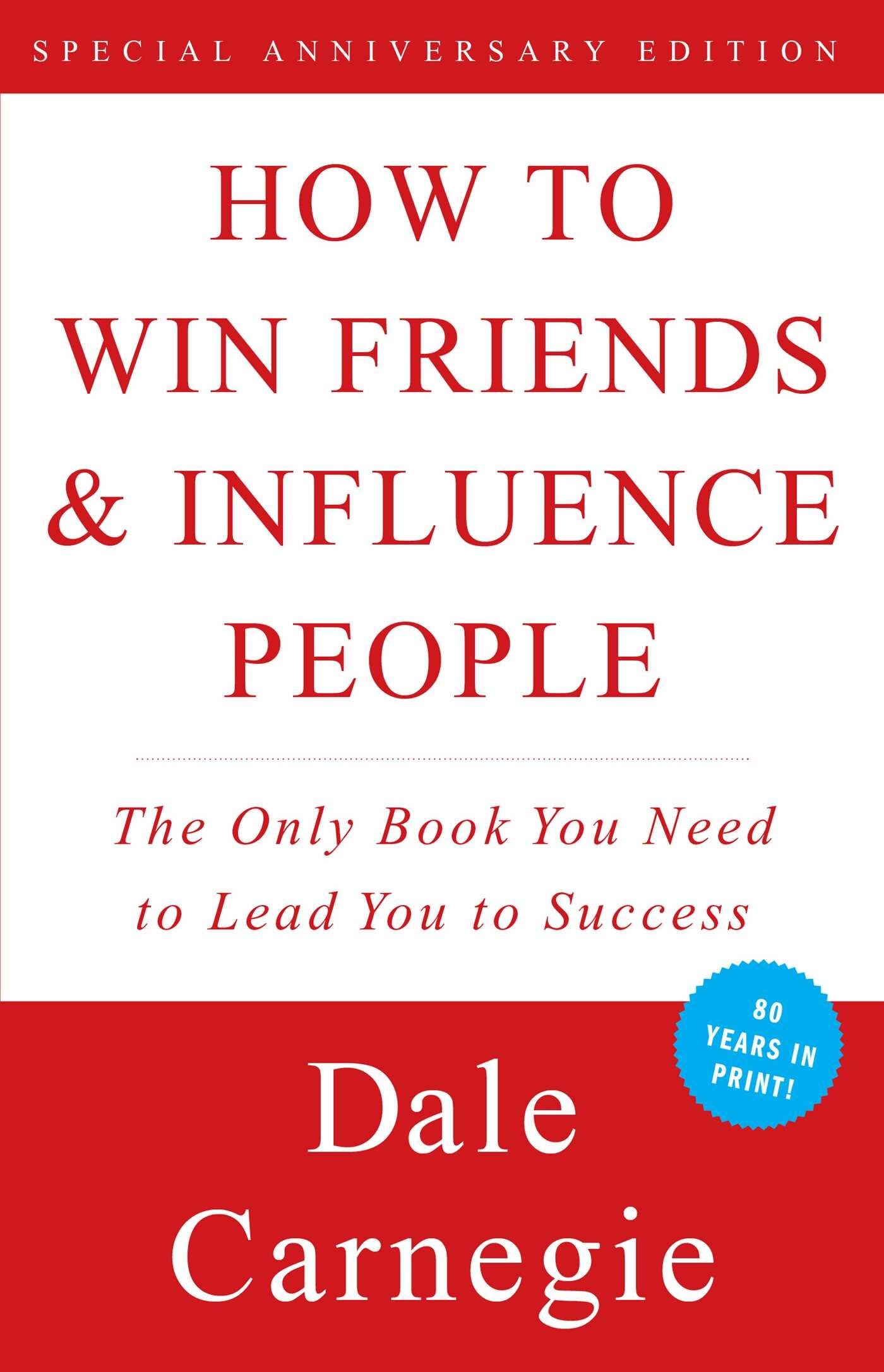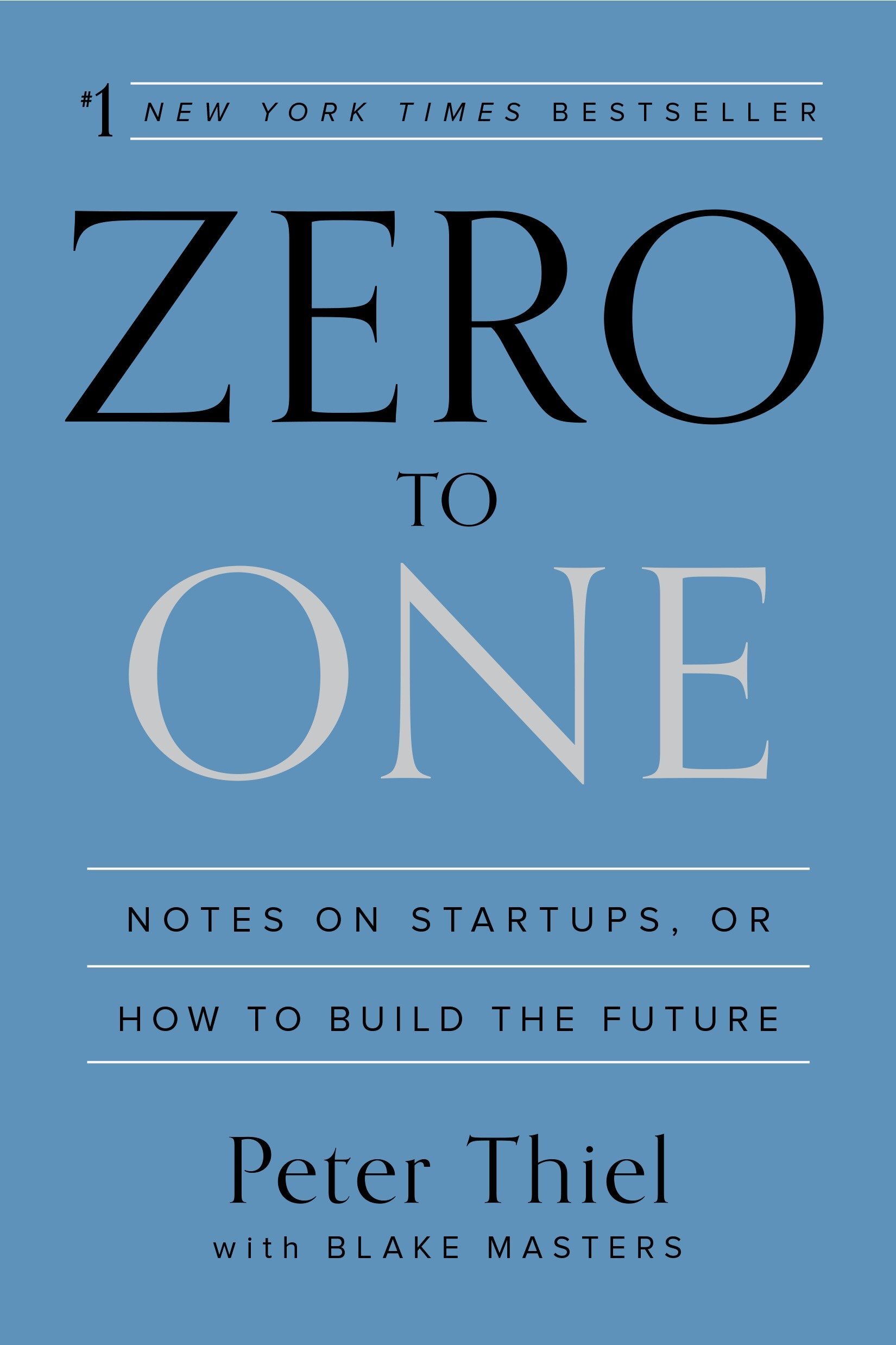Artist | \ˈär-tist\ | noun
a person who creates art (such as painting, sculpture, music, or writing) using conscious skill and creative imagination
Entrepreneur | \ahn-truh-pruh-nur\ | noun
a person who organizes and manages any enterprise, especially a business, usually with considerable initiative and risk.
If you're reading this article, the chances are that you're familiar with the first definition above. Through countless studio hours, sleepless nights, and work-in-progresses, you've lived it. What you're looking to learn more about is the second definition. Luckily, as an artist, you're no stranger to taking initiative and risks, which are cornerstones of entrepreneurship, as described above. Below, you'll find 11 tips that will detail how to take the reins on your creative talents to build a long-term, prosperous career as an artist.
1) DEFINE YOURSELF
When starting out in the creative arena, it's essential to understand fully who you are as a creator and how you'll relay your identity to your audience. What drives you to create? What experiences got you to where you are today? Ask yourself the tough questions to help you determine the kind of art you'll produce and how it will link back to your identity as an artist.
It's also crucial to clearly define yourself as an entrepreneur when getting started in the art industry. Making and distributing business cards with your name alongside the title of "artist" is a sure-fire way to get your name and creations in the public eye.
2) CREATE AND CURATE YOUR COLLECTION
After some introspection, it's time to do what you do best: create meaningful art pieces that resonate with the public. Consider selling small collections of your art to show consistency in your work and help you determine what's selling in the ever-changing art market. This way, you can build on past collections that garnered positive attention to reach more people, helping you grow.
3) MAKE A WEBSITE
Although it can be immensely beneficial to make an Instagram account for your art, social media isn't enough. Building a website, an extension of you as an artist, is crucial in every creative industry. If done effectively, your site will give your audience insight into what you make and who you are. A hub with artist statements, a regularly updated blog, and most importantly, your portfolio will help you make a name for yourself in the art business.
Interested in building a site complete with a blog just like this one? Contact us; Jony Studios can help you bring your artistic endeavors to new heights with our website building services.
4) ESTABLISH YOUR TARGET MARKET
Ensuring your art reaches its intended audience is imperative when building your career as an artist. Figure out who's buying your art, how much they typically spend, and how often they buy. Also, note how many people champion your art without buying it. Don't underestimate the power of individuals invested in your art, even if they aren't spending their money. This way, you can use your effort to display your art where the public will appreciate it. The best way to find your target audience is to let your audience find you. Display your art wherever and whenever you can so it can reach large groups of people at one time. Every time your art is on display, there's a possibility that your next client will be amongst one of the viewers.
5) PRICE ACCORDINGLY
As an entrepreneur, you must understand your art's intrinsic value and quantify it into a price. This can be difficult as art is defined by much more than its price tag. However, many artists have gone through this very struggle and developed formulaic methods to price their work. The main elements to consider are:
Cost of materials
Cost of overhead (studio rent, utilities, maintenance, etc.)
Cost of labor
Markup (recommended amounts range from 10-20%)
6) SEEK OUT YOUR OWN OPPORTUNITIES
Sitting around and waiting for exhibits to come to town will do you no good as an artist wanting to break through in the industry. Reach out to local galleries to have your art displayed, submit articles to various art blogs and journals, or host an open studio day. You could even get in touch with interior designers and have your art featured in hotels, office buildings, and restaurants. Time spent hoping an opportunity will present itself is time you could spend creating your own.
7) NURTURE YOUR RELATIONSHIPS WITH YOUR CUSTOMERS
If you show your customers that you value them, they’ll make an effort to see the value in your art. Give exclusive offers to people signed up to your mailing list or release special edition art collections to new customers. Even just interacting with your audience in the comments section of a blog post shows them you care and that you’re worth investing in, not only with their money but unwavering support.
8) BUILD MEANINGFUL CONNECTIONS
Surrounding yourself with the right people can make all the difference when starting as an entrepreneur for your art. Building connections with local journalists and art collectors can ensure that the public will know about your art whenever you wish to display it. Even by helping others out, you may be exposed to new opportunities to have your work featured or be interviewed by the press. The bottom line is to expand your network, not only to make the most sales but to have a support system of people in your niche to help you when you’re down and to amplify your success when you’re up.
9) STAY ON TOP OF YOUR FINANCES
Although finance and art may seem like opposite ends of the career spectrum, keeping your records organized will save you countless future headaches. Staying on top of your expenses and revenues can help you budget effectively when buying materials or renting out studio space. Many websites even offer webinars specifically for artists trying to navigate the world of finance. If you can spend less time stressing about money, you can spend more time crafting art pieces.
10) MAKE A BUSINESS PLAN
You must set realistic goals if you want a long-term, prosperous career as an artist. After doing so, develop systems you can implement daily to help complete your objectives. Asking yourself questions like “What percentage of my art should I sell to be profitable?” will help you determine how many hours you’ll spend in the studio every day. For example, if you want 50% of your art to be purchased, you’ll need to make double the amount you hope to sell. Make your business plan, follow it, then tweak it accordingly to ensure your goals are still relevant and attainable.
11) STAY CONSISTENT
Begone with the stereotypes of the carefree artist. If you decide you want to make a business out of your art, you need to remain dedicated even when the chips are down. When your exposure is low, create an opportunity to generate buzz around your work. If you didn’t meet your expected sales for the first quarter, calculate the additional revenue you need to earn across the next three to diffuse the loss. Some customers may not even buy an art piece until years after they see it since it may take that long for them to realize they connected with it. It’s always better to take a step back and re-evaluate your approach than quit.
CONCLUSION
Deciding to get serious about your art can seem like a daunting decision, but by no means does it have to be. Building connections, creating impactful pieces, and making opportunities for yourself are all ways you can steadily elevate your art business. With these 11 tips in your arsenal, we hope you realize creative success can be yours.
Still looking for more help to kickstart your creative career? Maybe you’ve already found your footing but want some assistance fine-tuning your approach. Wherever you are in your art-trepeneurial journey, Jony Studios can help. Our services range from brand consulting to website development to SEO. We’d love to help you be the best art entrepreneur you can be!
Written by Midhat Mujaddid
Are you going to try any of these techniques with your art business? Do you know an artist who could use some of these tips? Let us know in the comments below!
If you’re wanting to learn more about business, media, and music production, we are developing a course called Producer Launch that will take you from beginner, all the way to knowing how to become a successful producer for a living!
Sign up here to be notified when it launches for an exclusive 50% off!


























